Lasting partnerships don’t happen by chance — they are built with intention, trust, and shared purpose.
Whether you’re launching a social initiative, growing a startup, or coordinating a local project, the quality of your partnerships often determines the depth of your impact.
Here’s how to create collaborations that don’t fade after the first event, but grow into real, living ecosystems of change.
1. Begin with alignment, not convenience
The strongest partnerships start with why, not what.
Before signing an agreement or planning activities, take time to understand each partner’s motivation.
What do they truly care about? What problem are they trying to solve?
When missions and values align, challenges become opportunities.
When they don’t — even the best resources can’t hold a partnership together.
💡 Ask early: “What does success look like for you in this collaboration?”
If you can define it together, you already have the foundation of trust.
2. Start small, build deep
Big words rarely create big results. Shared experiences do.
Instead of launching a complex project right away, begin with a pilot initiative — a workshop, a joint campaign, or a small event.
This allows both sides to test communication styles, decision-making, and reliability.
When a small project works well, it naturally grows into something larger and more sustainable.
Partnerships evolve best through proof of collaboration, not promises.
3. Communicate like humans, not institutions
True partnerships thrive on human connection, not corporate language.
Schedule regular calls, meet in person when possible, celebrate small wins together.
Transparency is key: talk not only about progress, but also about difficulties.
It’s much easier to solve a problem when both sides feel safe enough to name it.
💬 Good rule: communicate 3× more often than you think necessary.
Silence creates distance — consistent dialogue builds confidence.
4. Share value, not control
Partnerships collapse when one side dominates the narrative.
Instead of asking, “How can they help us?”, ask “How can we create value together?”
Mutual benefit doesn’t always mean equal contribution — it means balanced contribution.
One partner might bring funding, another — expertise or community reach.
Each role matters when it’s respected and clearly acknowledged.
When partners feel seen and appreciated, collaboration becomes a shared identity, not a transaction.
5. Measure what matters together
Every partnership should have indicators of success — but choose them wisely.
Numbers matter, yet relationships live beyond metrics.
Track not only outputs (events held, participants reached), but also outcomes (skills gained, communities empowered, trust built).
The best results are the ones that inspire continuation — not just completion.
🪴 Ask: “What has changed for people because we worked together?”
That question keeps partnerships human-centered and meaningful.
6. Grow through reciprocity and gratitude
Long-term collaboration is not about constant expansion — it’s about consistent care.
Send a thank-you note. Acknowledge partners publicly. Share credit generously.
Gratitude is not a soft skill — it’s the glue that sustains networks in the long run.
When people feel valued, they stay connected, even when projects end.
7. Keep reinventing the relationship
Every partnership has seasons. Some grow, some transform, some complete their mission.
Regularly revisit your shared goals — what felt relevant two years ago may need refreshing today.
Partnerships that last evolve together with reality.
They don’t resist change — they redesign it.
In conclusion
Building partnerships that last is about trust before timelines, people before plans, and purpose before profit.
When collaboration is grounded in mutual respect and shared vision, it becomes more than cooperation — it becomes community.
And communities, unlike contracts, don’t expire.
Related Articles
Continue your journey with these related stories and insights

Women Who Innovate
When women innovate, communities grow stronger. Discover how female leaders turn courage and creativity into lasting change.

Inclusion in Innovation: Why Diversity Drives Growth
Innovation thrives where different voices meet. Discover how inclusion turns diversity into the driving force of creativity and real progress.

How to Turn an Idea into a Pilot Project
Every big change starts with a small, tested idea. But how do you move from a thought in your notebook to something real — a project others can see, support, and join? The answer lies in building a pilot.

